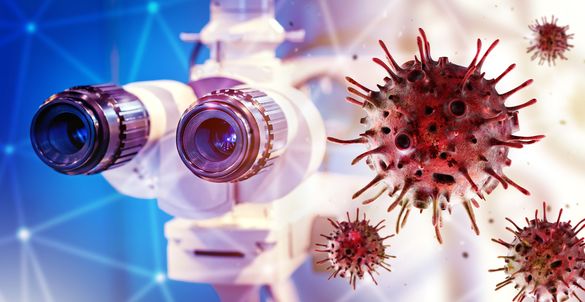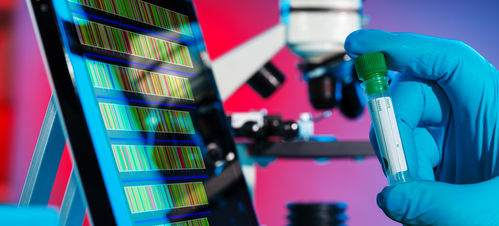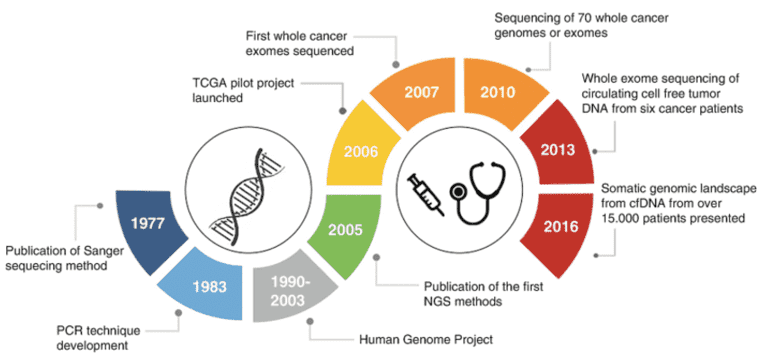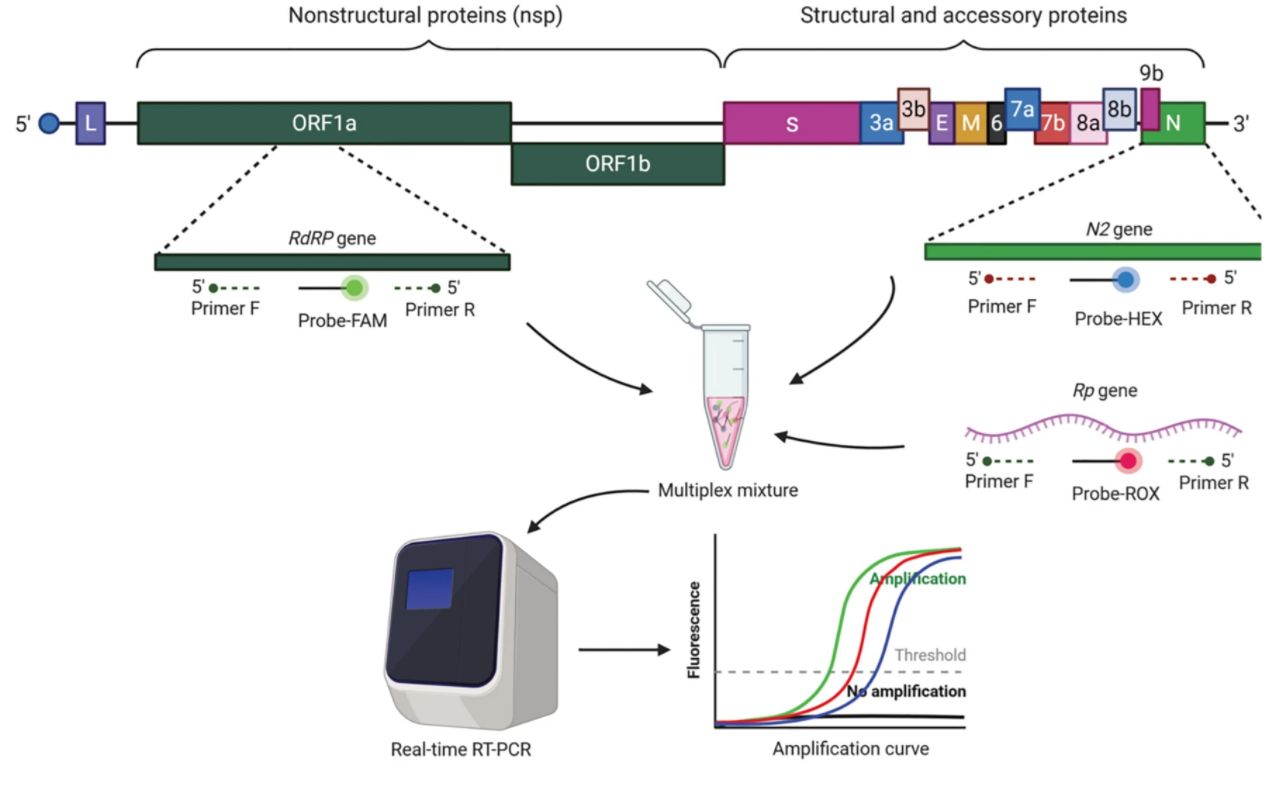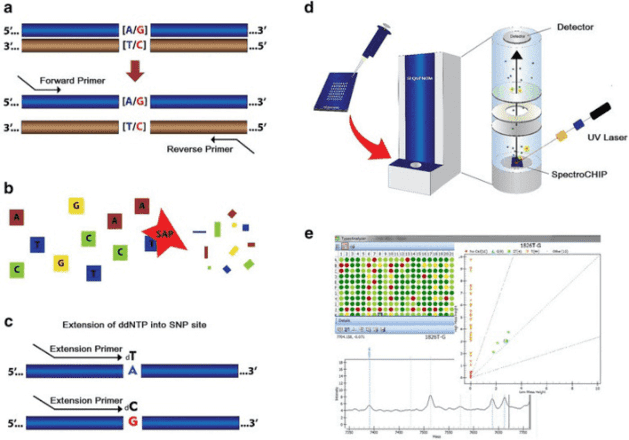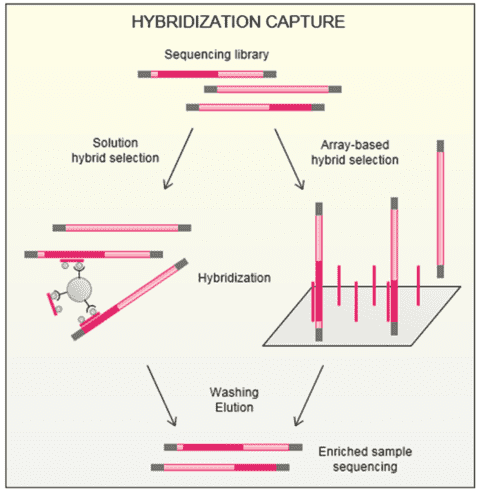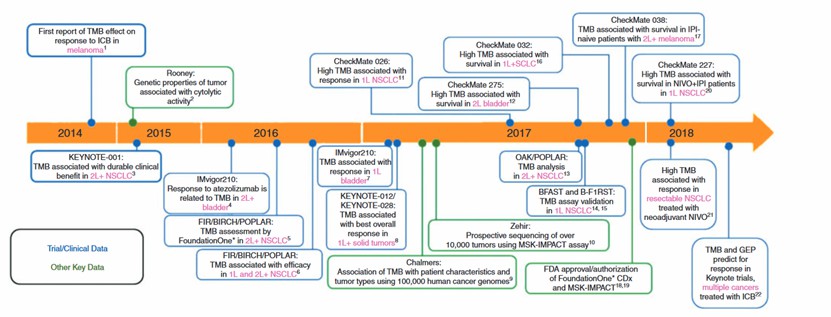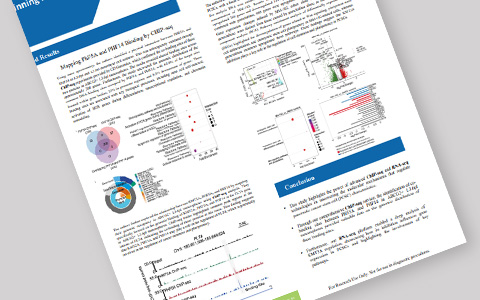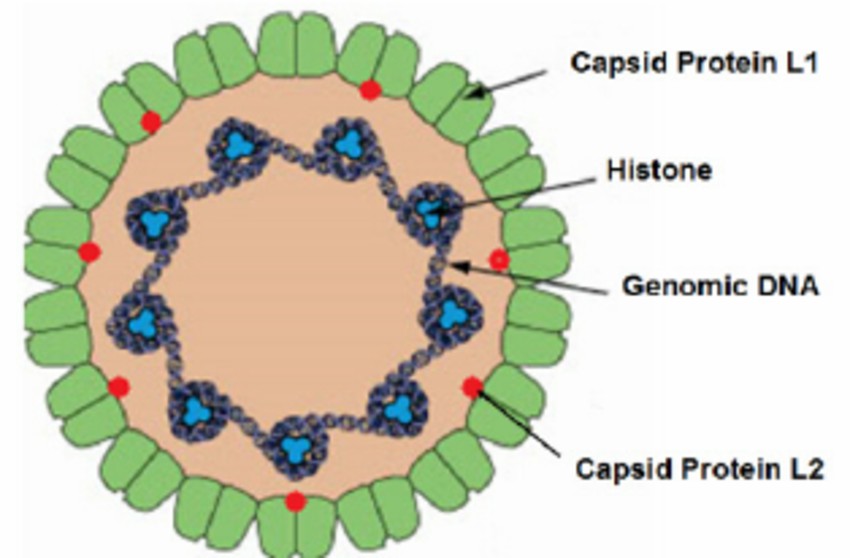
What is high myopia?
Myopia is one of the ophthalmological problems that currently plagues many people. It is often difficult for myopia individuals to see distant objects. This is because the eyes pay attention to close-up things for a long time, causing the focused muscles in the eyes to remain in focus, and the eyes cannot focus properly. It is clinically considered that the degree of eye is above 600 degrees for high myopia, with the pathological change that the refractive index of the myopic axis is prolonged. High myopia may cause eye diseases such as retinal detachment, cataract and glaucoma. Causes of high myopia may include genetic and environmental factors. Between them, the influence of genetic factors can not be underestimated, and its interaction with environmental factors may lead to high myopia which has a certain genetic susceptibility.
Disease-related gene description
TGF-β and its receptor are expressed in ocular tissues. TGF-β stimulates the proliferation of chondrocytes and sclera into fibroblasts and participates in the regulation of scleral remodeling. LRPAP1 gene is located on chromosome 4p16.3. Proteins encoded by LRPAP1 can affect the activity of TGF-β, which may further lead to high myopia by affecting scleral remodeling. SLC39A5 gene is located on chromosome 12q13.3, and the encoded protein regulates zinc ion transport in the eye, which may affect the development of the eye and collagen synthesis by inducing TGF-β/BMP-Smad signaling pathway to induce high myopia. SCO2 gene is located on chromosome 22q13.33, and its encoded protein has an effect on the copper homeostasis protein in cytochrome c oxidase activity. The deficiency of copper is related to the loss of photoreceptor and the myopia caused by increased elasticity of the scleral wall. It has been reported that SCO2 mutations are associated with thinning of the retina. PRIMPOL gene encodes a primate polymerase that has been reported to be a myopic-associated gene. The mutation of tyrosine 89 to aspartic acid in PRIMPOL causes a decrease in enzyme activity, which affects DNA replication and may cause high myopia. In addition, genes such as ZNF644, IGF-1, GRM6 and CTNND2 have been reported to have a potential relationship with high myopia.
To better understand these genetic mutations and the production of high myopia, our platform provides a comprehensive and accurate custom high myopia panel through target DNA sequencing by the Illumina MiSeq or Ion PGM system, from which you can select genes to detect high myopia.
Custom high myopia panel offers but are not limited to:
-
DNA sequencing by the IlluminaMiSeq or Ion PGM system makes our detection fast, sensitive and reliable.
-
Rigorous experimental operation and quality control ensure the repeatability and accuracy of the sequencing results.
-
Develop your own high myopia panel to fully fit your research direction and save on experiment costs.
-
Professional researchers update the customized panel content in real time and keep up with the cutting edge of scientific research.
-
Professional analysts analyze the results of the experiment and submit comprehensive and effective experimental reports.
Choose the genes that suit you from the highly myopic gene list
| COL11A1 |
COL11A2 |
COL2A1 |
CTNND2 |
GRM6 |
| HGF |
IGF-1 |
LRPAP1 |
MP20 |
MYP1 |
| MYP2 |
MYP3 |
MYP5 |
MYP11 |
MYP12 |
| MYP13 |
MYP14 |
MYP15 |
MYP16 |
MYP18 |
| MYP19 |
PRIMPOL |
SLC39A5 |
SCO2 |
ZNF644 |
Specimen requirements of our custom high myopia panel
- Specimen: whole blood, saliva or extracted DNA (not FFPE-compatible).
- Volume: 8 mL whole blood, 2 mL saliva or min. 1 μg DNA.
- Collection: blood is collected by routine blood collection and saliva is collected by spitting into the provided container. DNA samples are stored in TE buffer or equivalent.
- Container: lavender-top (EDTA) tube or yellow-top (ACD) tube.
Gene panel workflow

For more information about the Custom High Myopia Panel or need other amplification requirements, please contact us.
References:
- Aldahmesh M A, et al. Mutations in LRPAP1 are associated with severe myopia in humans. American Journal of Human Genetics, 2013. 93(2): p. 313-320.
- Guo H, et al. Original article: SLC39A5 mutations interfering with the BMP/TGF-β pathway in non-syndromic high myopia. Journal of Medical Genetics, 2014. 51(8): p. 518-25.
- Khanh-Nhat T V, et al. Mutations in SCO2 are associated with autosomal-dominant high-grade myopia. American Journal of Human Genetics, 2013. 92(5): p. 820-826.
- Keen B A, et al. Human PrimPol mutation associated with high myopia has a DNA replication defect. Nucleic Acids Research, 2014. 42(19): p. 12102-12111.
- Wang H, et al. Association of ZNF644, GRM6, and CTNND2 genes with high myopia in the Han Chinese population: Jiangsu Eye Study. Eye, 2016. 30(7): p. 1017.
* For research purposes only, not intended for clinical diagnosis, treatment, or individual health assessments.
Related Services
Related Products
Related Resources








